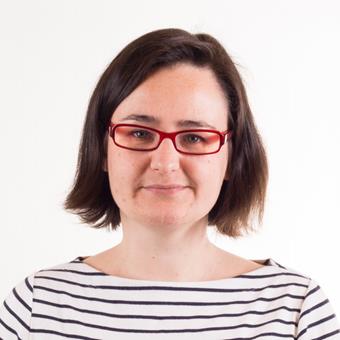Proteins are essential building blocks of cells and involved in virtually all processes in a living cell: structural and mechanical proteins help govern cellular architecture, transport and motility, while enzymes catalyse biochemical reactions required for cellular metabolism and energy production. Other essential functions include DNA replication and cell division, as well as cellular signalling, i.e. the communication within and between cells and their environments.
Examining at the molecular level how alterations in the sequence and structure of proteins affect their function is essential to gain a better understanding of their roles in health and disease. Structural biology techniques such as X-ray crystallography, NMR spectroscopy and more recently Cryo-EM have enabled exploring the structure and dynamics of biological macromolecules of varying size and complexity. Combining these techniques with cell biology, biochemistry and biophysical techniques furthermore allows us to probe the molecular mechanisms underlying their function and regulation also in cellular contexts.
We are interested in employing these integrated structural biology techniques in particular to explore the evolutionary relationship and functional repurposing of human proteins acquired by picornaviruses (through horizontal gene transfer).
Picornaviruses are a major cause of infections in humans and animals (being the causal agents for e.g. the common cold, poliomyelitis, hepatitis A, Foot and Mouth disease). As such, it is of great interest to identify and characterise “host factors” (human proteins) necessary for viral infection, as well as homologous viral proteins. Such discoveries provide target candidates for the development of novel antiviral therapeutics and help us gain a better understanding of the lifecycle of these biomedically important viruses.
Particularly, we want to explore:
- How do proteins acquired by viruses through horizontal gene transfer get repurposed in short evolutionary time frames
- How do viral entry strategies get modified as repurposing occurs
- How can structural and biochemical information on host factors and viral genes lead to antiviral therapies


